The Outer Banks of North Carolina is a stunning string of barrier islands with beautiful beaches, historic lighthouses, and wild horses roaming free. This special place offers visitors a mix of natural beauty, outdoor adventures, and small-town charm. Before packing your bags for this coastal paradise, check out these useful tips to make your trip amazing.
Book Accommodations Early
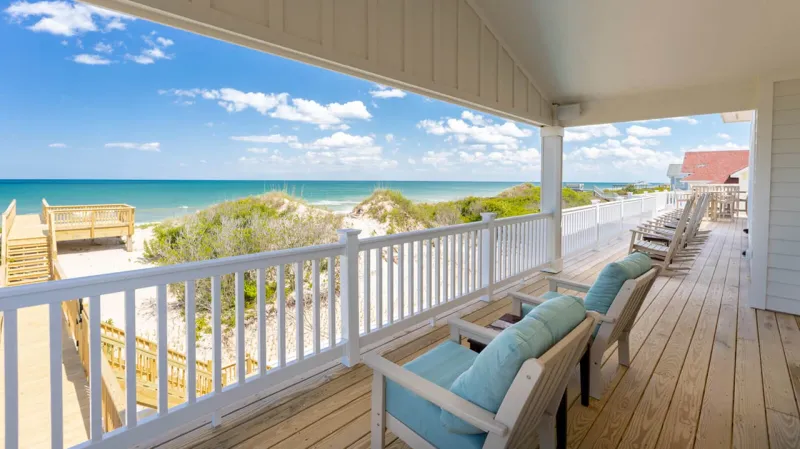
Summer rentals fill up months in advance, especially oceanfront properties. Many families book their next year’s stay while still on vacation.
Consider shoulder seasons like May or September for better deals and fewer crowds. You’ll still enjoy warm weather but with more breathing room.
Weekly rentals typically run Saturday to Saturday during peak season, so plan accordingly.
Pack For All Weather
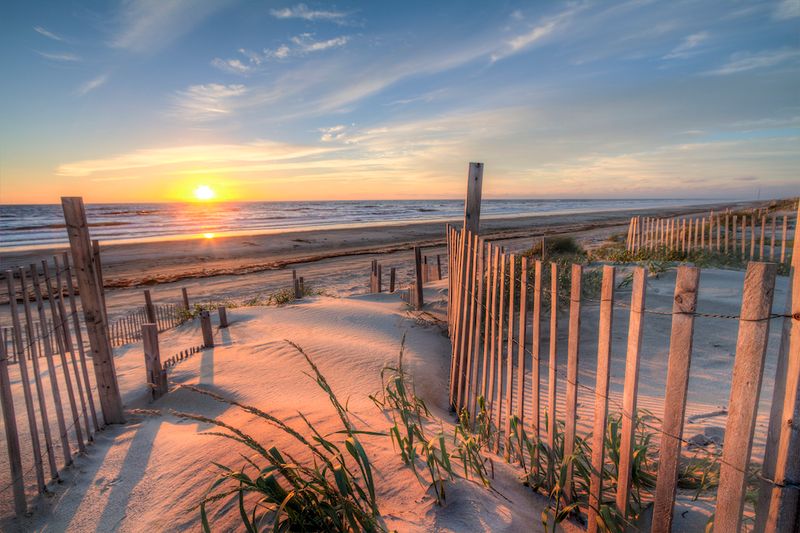
The Outer Banks experiences rapid weather changes thanks to its unique geography. Mornings might be cool and foggy, while afternoons turn blazing hot.
Bring light layers, rain gear, and sun protection no matter when you visit. Wind is nearly constant on these islands, so pack accordingly.
Don’t forget sturdy shoes for climbing dunes and water shoes for protecting feet from hot sand.
Drive The Right Vehicle

Some beaches allow four wheel drive vehicles with proper permits. This can be an exciting way to experience remote areas like Carova where wild horses roam.
Air down your tires before driving on sand to prevent getting stuck. Local gas stations offer free air to reinflate when you’re done.
Stick to marked paths and respect closed areas that protect wildlife habitats.
Visit Iconic Lighthouses
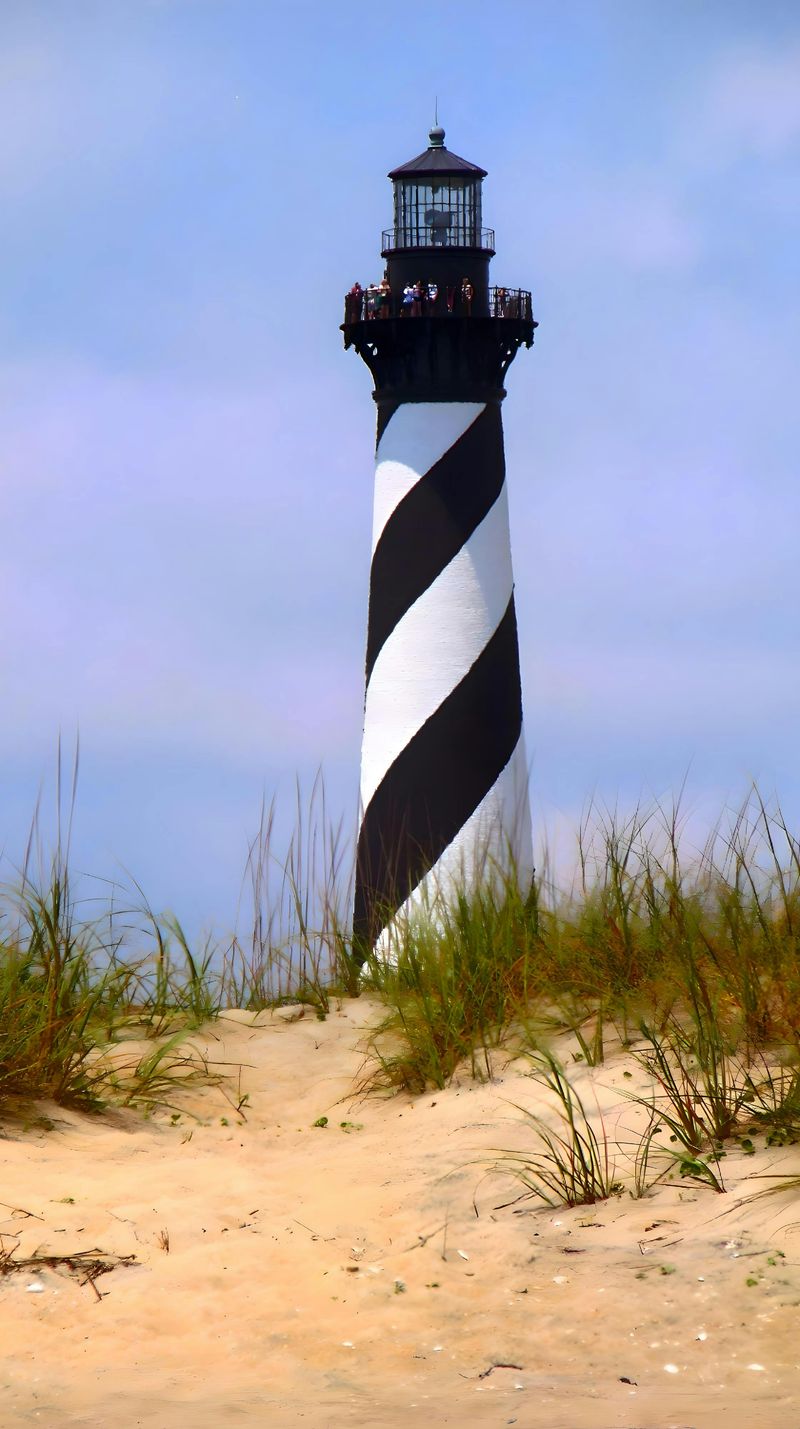
Five historic lighthouses dot the Outer Banks, each with unique character. Cape Hatteras Lighthouse, with its distinctive black and white spiral, stands as America’s tallest brick lighthouse.
Climb to the top for spectacular views of the Atlantic Ocean and Pamlico Sound. Each lighthouse charges a small fee to climb.
Check seasonal opening hours before visiting as some close during winter months.
Plan For Bridge Traffic
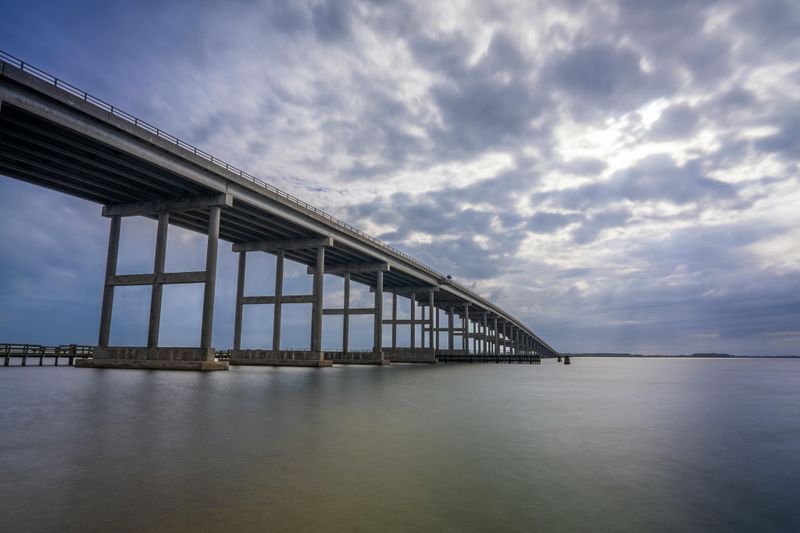
Only two bridges connect the northern Outer Banks to the mainland, creating bottlenecks on summer weekends. Saturday is traditionally the worst day for traffic as weekly rentals change over.
Consider arriving on Friday or Sunday instead. Early morning or late evening crossings help avoid the worst delays.
Pack snacks and entertainment for kids in case you get caught in a traffic jam.
Grocery Shop Strategically

Island grocery stores charge premium prices and get crowded on rental changeover days. Consider stopping at mainland stores before crossing the bridges for better prices and selection.
Many vacationers order groceries online for delivery to their rental. This saves valuable beach time and prevents fighting crowds.
Local seafood markets offer the freshest catch for home cooking adventures.
Respect The Ocean
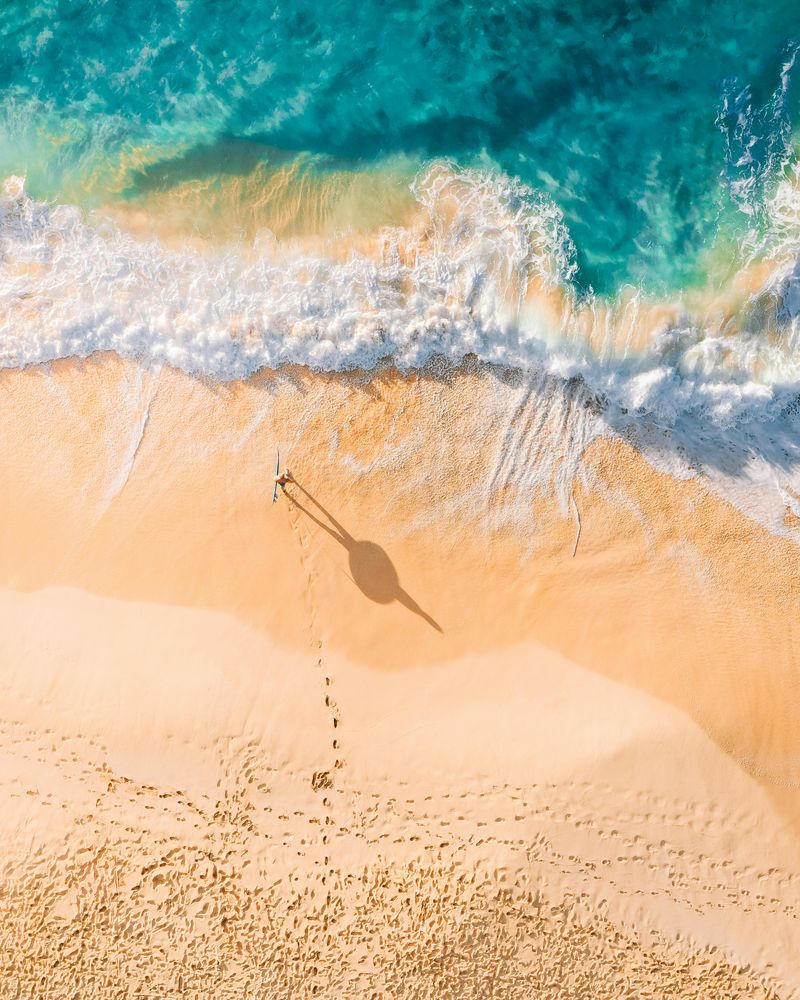
Rip currents pose serious dangers along Outer Banks beaches. Always check the flag warning system before swimming and never swim alone or after dark.
Teach children about wave safety and keep inexperienced swimmers in shallow water. The ocean floor drops off quickly in many areas.
Consider beaches with lifeguards during peak season for added safety.
Protect Wildlife Encounters
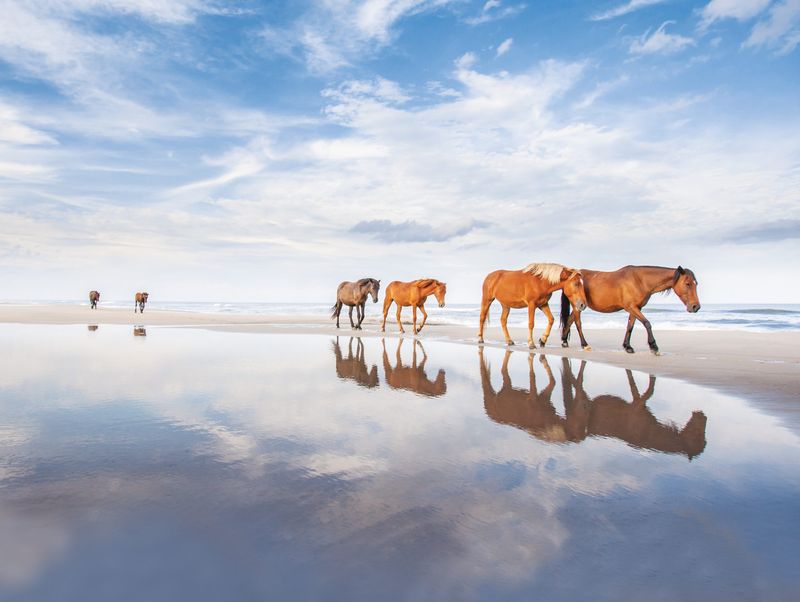
Wild horses in Corolla and Ocracoke are protected by law. Always maintain at least 50 feet distance and never feed or approach them.
Sea turtle nesting occurs from May through August. Respect marked nests and fill in holes you dig on the beach which can trap hatchlings.
Bring binoculars for bird watching in wildlife refuges where over 400 species have been spotted.
Try Local Seafood

Fresh catches like tuna, mahi mahi, and blue crabs shine in local restaurants. For the ultimate experience, visit during soft shell crab season in spring.
Seafood markets let you buy straight from fishermen for cooking at your rental. Ask for preparation tips if you’re new to cooking seafood.
Many restaurants offer family style seafood boils featuring shrimp, crabs, potatoes, and corn.
Explore Maritime History
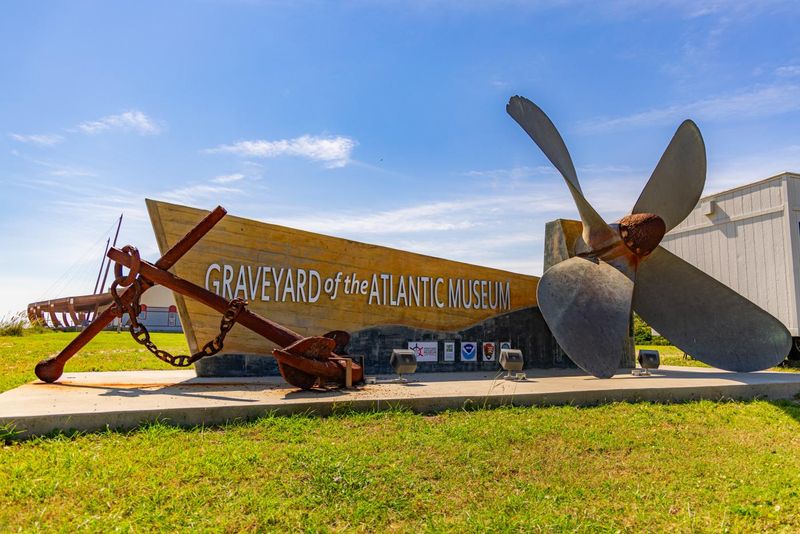
The Graveyard of the Atlantic Museum shares stories of thousands of shipwrecks along these treacherous shores. Interactive exhibits engage visitors of all ages.
Visit the Wright Brothers National Memorial in Kill Devil Hills where flight began in 1903. Rangers give fascinating talks about this world changing event.
Fort Raleigh National Historic Site preserves the story of the Lost Colony, America’s oldest mystery.
Find Your Perfect Beach
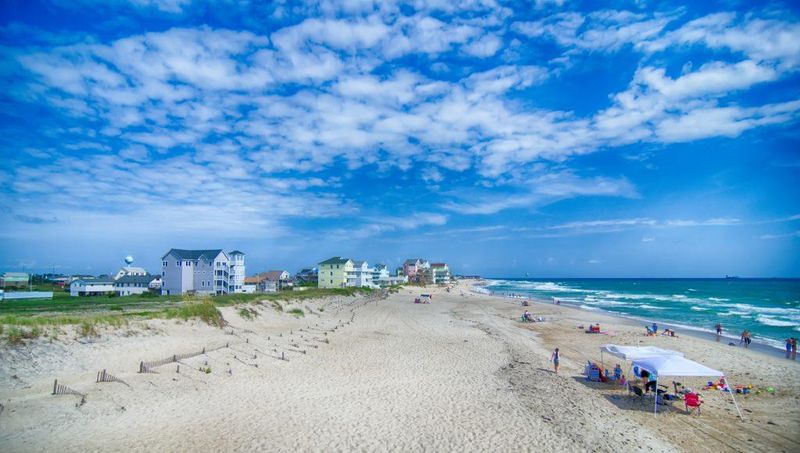
Each beach town has its own personality. Nags Head offers classic boardwalk vibes while Hatteras provides peaceful, less crowded shores.
Aviva Beach and other public access points provide free parking and facilities. Download the Outer Banks Beach Access app to find the closest entry points.
Some beaches allow pets year round while others have seasonal restrictions, so check rules before bringing furry friends.
Prepare For Power Outages
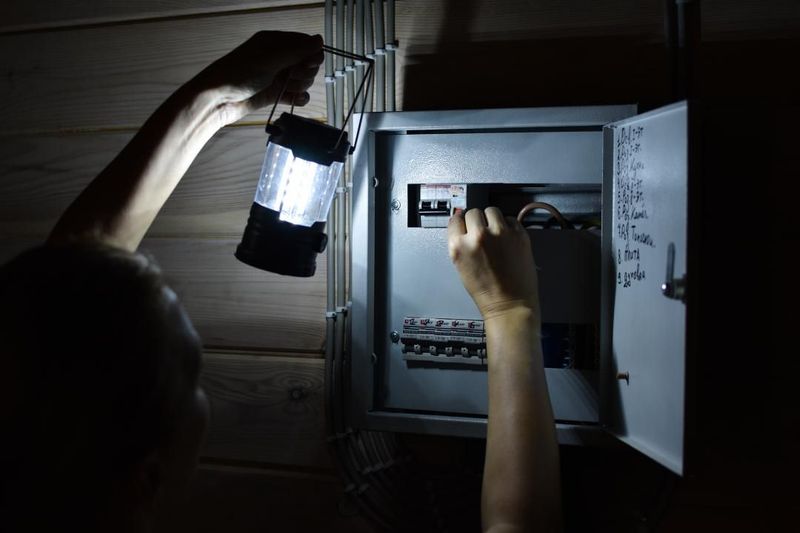
Summer storms can knock out electricity, sometimes for days in remote areas. Pack flashlights, portable chargers, and non perishable snacks just in case.
Most rental companies provide emergency information in their welcome packets. Save these numbers in your phone before arrival.
Gas stations with generators become community hubs during outages, offering charging stations and supplies.
Discover Sound Side Activities
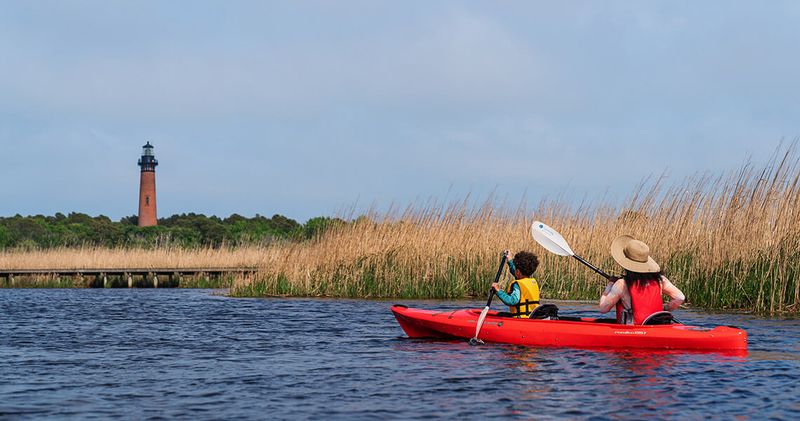
While ocean beaches get attention, the calm waters of Pamlico Sound offer perfect conditions for paddleboarding, kayaking, and kiteboarding for beginners.
Rent equipment by the hour or take lessons from local outfitters. Many include transportation to the best launching spots.
Sound side waters stay shallow far from shore, making them ideal for families with young children who want gentler waves.
Visit During Shoulder Season
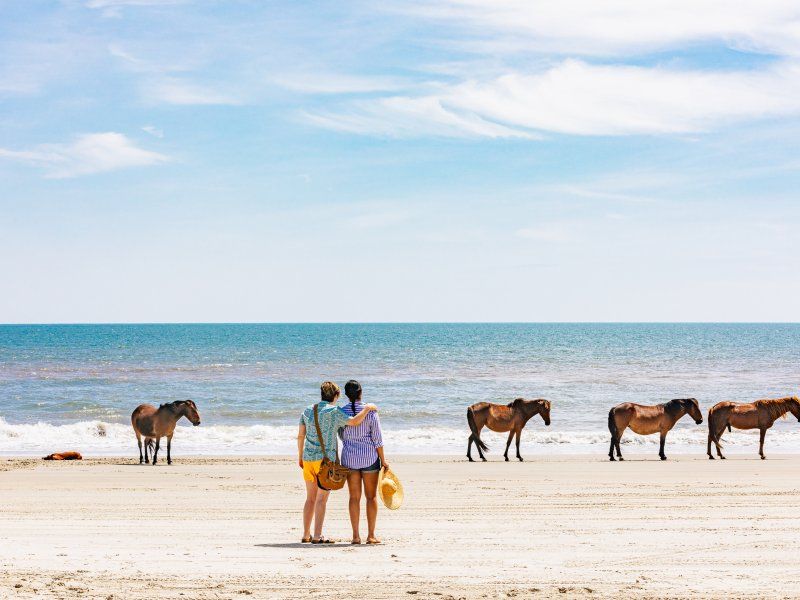
May and September offer warm water temperatures without summer crowds. Hotel rates drop significantly while most attractions remain open.
Fall brings excellent fishing opportunities as many species migrate through the area. Charter boats offer better availability and sometimes lower rates.
Spring wildflowers bloom across the dunes, creating beautiful landscapes perfect for photography enthusiasts.
Bring Fishing Gear
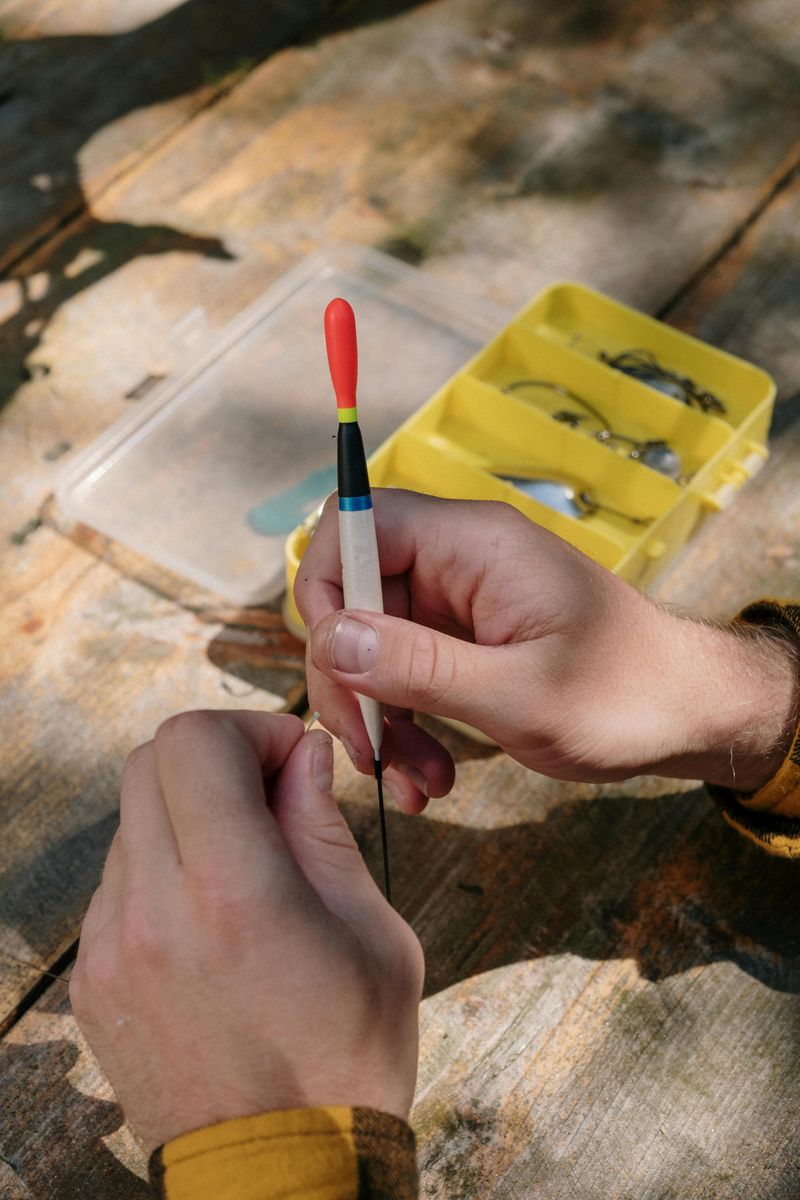
The Outer Banks earned its nickname as the “Fishing Capital of the Atlantic” for good reason. Surf fishing requires only basic equipment and no license for saltwater fishing from the beach.
Pier fishing offers convenience with rod rentals available if you don’t bring your own. Each pier charges a small daily fee.
Check size and catch limits which vary by species and season before keeping any fish.
Navigate Island Transportation

Bicycle rentals offer a fun way to explore while avoiding parking hassles in towns like Duck and Ocracoke. Many rental companies deliver bikes directly to your accommodation.
Free trolleys connect popular areas in some towns during summer months. Download schedules to your phone for easy reference.
The Hatteras Ocracoke ferry provides a scenic water crossing that kids especially enjoy watching for dolphins alongside.
Climb Jockey’s Ridge

The tallest natural sand dune system on the East Coast offers breathtaking views and fun for all ages. Morning and evening provide cooler temperatures for climbing these massive dunes.
Watch hang gliding lessons or sign up for your own introductory flight. The consistent winds make this an ideal learning spot.
Bring water and wear closed shoes as sand temperatures can exceed 100 degrees during summer days.
Dear Reader: This page may contain affiliate links which may earn a commission if you click through and make a purchase. Our independent journalism is not influenced by any advertiser or commercial initiative unless it is clearly marked as sponsored content. As travel products change, please be sure to reconfirm all details and stay up to date with current events to ensure a safe and successful trip.